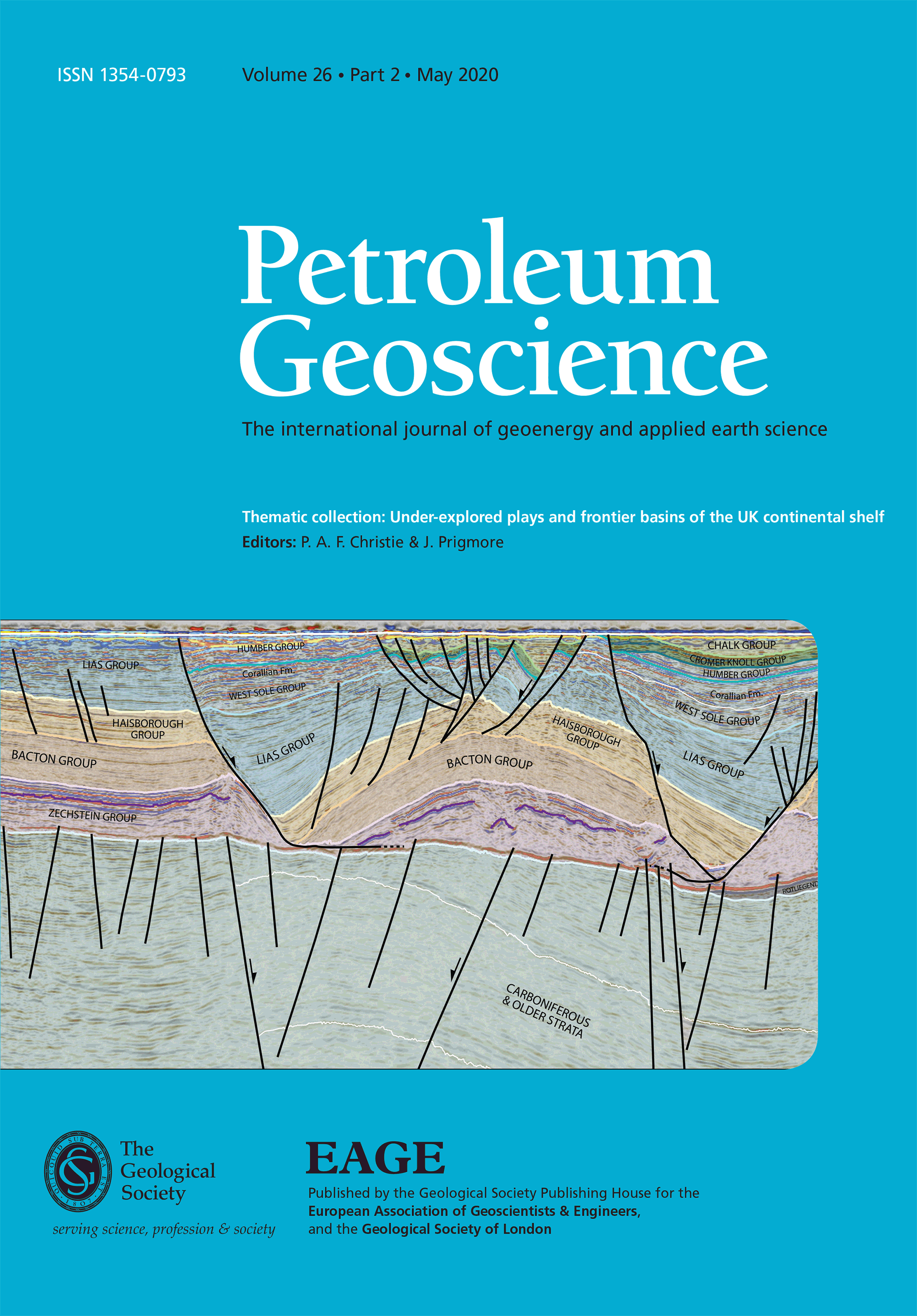
Full text loading...
Interpretation of newly acquired seismic and legacy well data has led to a greater understanding of the Upper Paleozoic–Recent geological evolution of the Mid North Sea High (MNSH), an under-explored region of the North Sea. The position of granite-cored blocks controlled the distribution of Devono-Carboniferous highs and basins before Variscan uplift led to peneplanation and the creation of the Base Permian Unconformity. The MNSH became the dominant feature during the Permian when it formed a west–east-striking ridge between the Southern and Northern Permian basins. Following a period of non-deposition, sedimentation was renewed in the Late Permian–Triassic before Middle Jurassic doming caused uplift to the NE. Subsequent Late Jurassic North Sea rifting transected the MNSH to create the Western Platform between the Central Graben and Moray Firth rift arms. Following Cretaceous post-rift deposition, the area experienced a significant easterly tilt in the Cenozoic that led to the demise of the MNSH as a prominent topographical feature. The tectonic and stratigraphic evolution exerts a strong control over reservoir facies distribution, source-rock deposition and maturation. However, the area is not barren of petroleum potential. Despite the lack of Upper Carboniferous source rocks over large areas, hydrocarbon potential is evident through shows in legacy wells, indicating the Lower Carboniferous as a potential source rock. Cenozoic uplift to the west imparted a regional tilt, the effects of which remains key to unlocking the area's prospectivity since it reconfigured structures and formed remigration pathways from Lower Carboniferous and Jurassic source rocks.
Thematic collection: This article is part of the Under-explored plays and frontier basins of the UK continental shelf collection available at: https://www.lyellcollection.org/cc/under-explored-plays-and-frontier-basins-of-the-uk-continental-shelf

Article metrics loading...

Full text loading...
References


Data & Media loading...

